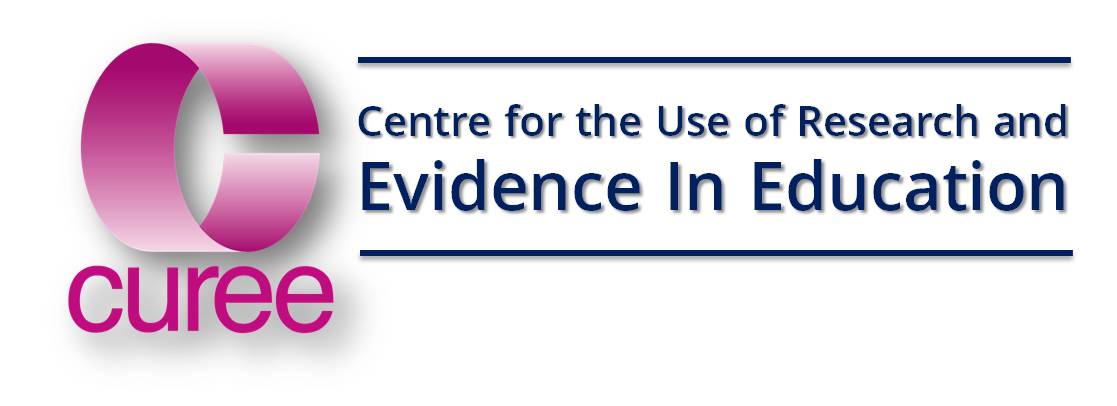The National Teacher Research Panel was set up about 15 years ago by CUREE supported by a group of national education agencies most of which no longer exist. It had three main goals:
- To ensure that all research in education takes account of the teacher perspective
- To ensure a higher profile for research and evidence informed practice in government, academic and practitioner communities
- To increase the number of teachers engaged in and with the full spectrum of research activity.
Over the several years of its existence, the Panel, supported by its expert advisers in CUREE, has helped and encouraged dozens of teachers and school leaders to do high quality but practical research. The Panel also helped them report their findings succinctly, in plain English and focused on relevance to other practitioners. This is one such example of that work.
This research summary features a study which looked at the evidence for effective strategies in humanities, and most importantly why they worked:Aitken, G. and Sinnema, C. (2008) Effective pedagogy in social sciences: Best Evidence Synthesis Iteration (BES) , New Zealand Ministry of Education, Wellington, New Zealand The researchers looked for evidence of teaching and learning approaches that made a difference to student learning. They included studies from international sources that looked at a range of learning outcomes in the humanities (history, geography, classical studies, economics and social studies). These outcomes related to knowledge, skills, participation, emotions and cultural identity.The researchers synthesised evidence from 383 studies and from this identified four key aspects of teaching (which they called 'mechanisms') that are important for student learning. These were:
designing experiences that interest students
building and sustaining a learning community
making connections to students' lives; and
aligning experiences to the outcomes which have been identified as important.
While the evidence demonstrated the importance of each mechanism for promoting student learning, the researchers noted that in practice they did not work in isolation. Effective lessons were likely to include all four of these aspects. The researchers also emphasised the need for teachers to understand why a particular teaching approach is effective. The study therefore provided details of the reasons why each mechanism works and also information about what they do not mean. Examples of the mechanisms in practice in history and geography are included in this summary.Although the researchers found that the four mechanisms were strongly linked with positive learning outcomes they also pointed out that 'there is no easy 'what works' answer for teachers because 'what works' depends on the context'. For this reason, they suggested that teachers take an enquiry-based approach to the mechanisms.Using this approach would involve teachers in identifying what were the most important learning outcomes for their students and which of the mechanisms would help their pupils to engage in this learning. They would then find out how using the mechanisms influenced their students' learning.This research summary describes each of the four mechanisms in turn before going on to explore how teachers can use the mechanisms to best effect. As well as the two case studies taken from the study (in history and geography), a number of independent practitioner case studies are provided to illustrate some of the key messages, such as helping students to make connections between learning and their own lives, and planning activities that interest a diverse range of students.
File attachments:
Document section:
